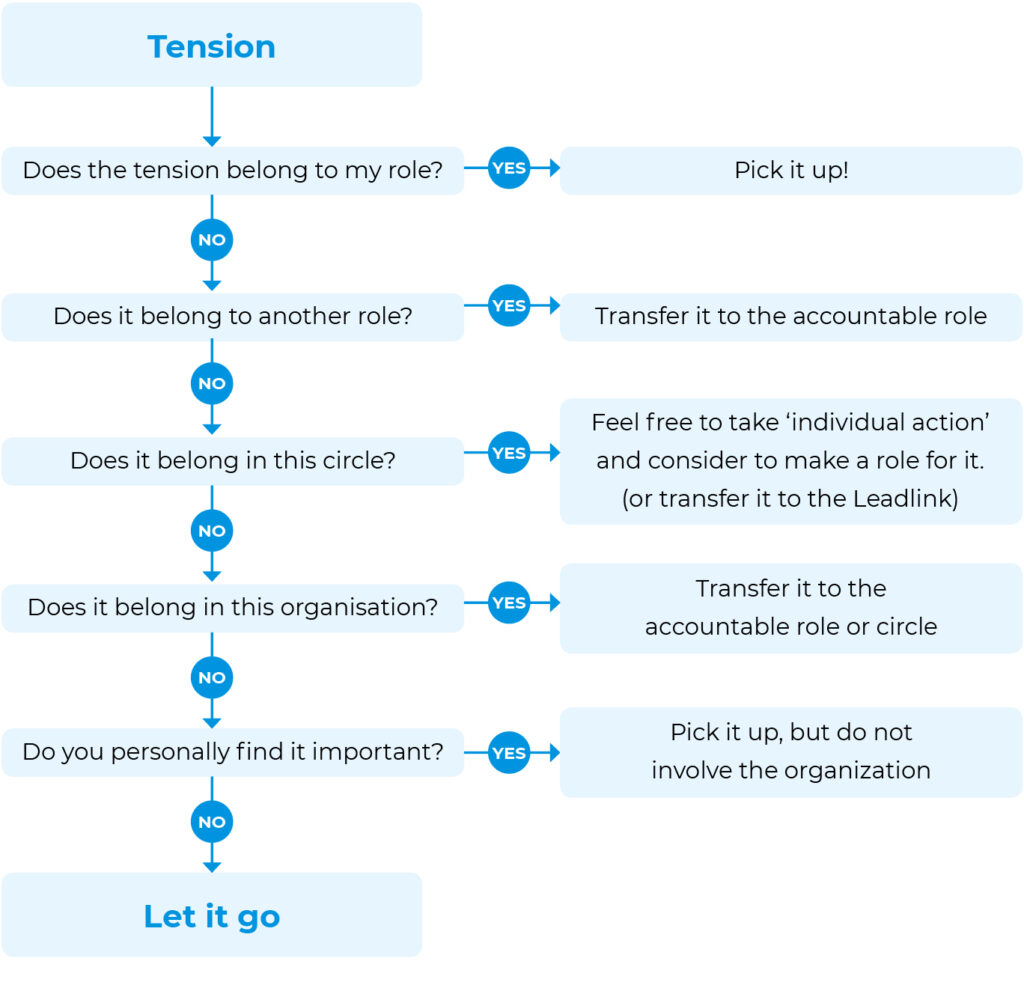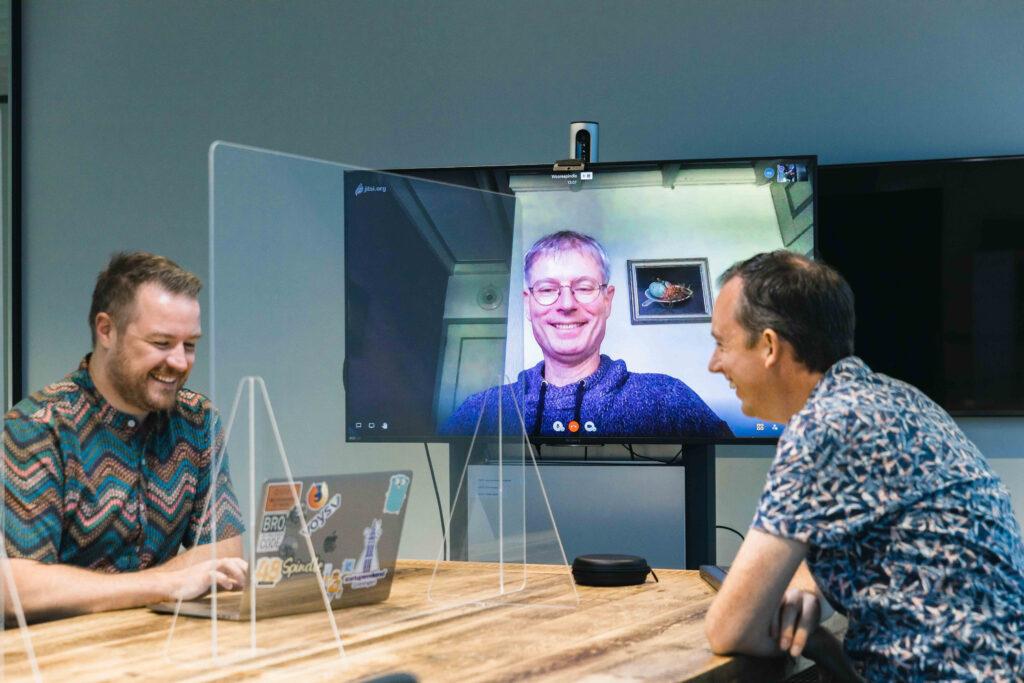Applying Lean principles in a Holacratic organization: continuous improvement
Written by Luuk Hartsema on 20th October 2020
At Devhouse Spindle we like to improve ourselves on an ongoing basis. An often heard mantra among colleagues is that we aim to get 1% better every day. What makes this mantra great is that it recognizes the fact that improvement is never finished. From the moment this notion is adopted, potential for improvement is seen everywhere. The question rises: where to get started?
This article is first in a series of three where colleagues Luuk, Bart, and Ronald talk about applying Lean principles in our Holacratic organization.
Celebrating intrapreneurship in Holacracy
As a diverse group of people who celebrate intrapreneurship (the act of behaving like an entrepreneur while working within an organization), we have many different perspectives and angles on how to move the organization forward and accomplish our purpose.
We embraced Holacracy as our organizational model. Holacracy builds on the idea that everyone is different, with their own qualities and “sensors”. It is neither a top down nor a bottom up method. It intends to distribute authority to those (roles, circles) who can exercise strength in their expertise.
As in any organization, it’s an ongoing challenge to use and align all the knowledge, competencies, professional perspectives, and creativity present in all layers of the organization to determine our path forward. This applies to both resolving problems that arise and deciding on a strategy for the long term.
Tension is fuel for your organization
Holacracy utilizes the term “tension” for anything that can be changed to improve. Anyone can have tensions. Tensions are considered to be the fuel for your organization. There is a strong emphasis on being accountable for resolving your own tensions. Holacracy gives you the leeway to improve things but it’s your tension, and you are accountable to resolve it.

When the potential improvement transcends roles or circles and requires the involvement of a chain of circles and roles, it may become difficult to resolve the tension. We noticed that these types of tensions often remained unresolved, and that they manifested more often while the organization grew rapidly. It started to have a bigger impact on how circles and roles cooperate and on what they delivered together. This, in the end, influences the value a customer receives from our products.
Detecting this undesirable trend, we decided to involve Bouke van Zinderen, who has proven himself to be an expert in continuous improvement based on Lean thinking.

A happy marriage between Holacracy and Lean
Bouke used his experience to consult us and taught us how to apply Lean methodologies, such as waste walks, Kaizens, and Policy-X. Together we integrated them within our Holacratic way of working.
In this series of articles we will share how Lean methods have complemented our Holacracy practices. The results of the past months are very promising, we noticed how it:
- improved collaboration between teams
- helped align priorities between circles
- made us more conscious about circle-dependencies
- increased our focus on measurable impact
- encouraged us to pick up issues that for several reasons were lingering for a long time (sometimes years)
- helped us determine next steps towards our goals
- fostered creative thinking
- stopped knee-jerk reactions that can sometimes kill an improvement process
- reduced waste in the organization
- and, most importantly, made us happier colleagues!

In our next article we will introduce the Policy-X Matrix, a standard Lean method used by many organizations. In the meantime, we’re curious to know if you have experienced tensions or results like these in your organization! Let us know in the comments.




Your thoughts
No comments so far